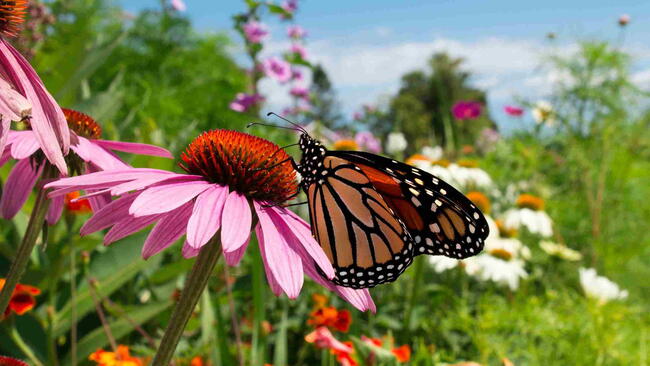
Caption
Dalmatian bellflower (campanula portenschlagiana) in the garden.
Photo Credit
Iwciagr
Subhead
Planting, Growing, and Caring for Bellflower Plants
Read Next
Types
- Tall bellflower (C. Americana) is a prairie native biennial. It grows well in partial shade and reaches 3-5 feet tall in the second year. Although a biennial, it often self-seeds, maintaining a presence in the garden or meadow.

- ‘Takion Blue’ (C. persicifolia) is a peach-leaved bellflower that forms a mounded shape about 12-16 inches tall and wide. It’s hardy in Zones 4-8 and covered in upright lavender-blue flowers. It’s often called Fairy Bellflower or Fairy Bells. Can you see why?

- Dalmatian bellflower (C. portenschlagiana) is a fantastic trailing species. It is semi-evergreen, hardy in USDA Zones 3-8, and perfect for trailing over the edge of hanging baskets or rock walls.

- ‘Rapido Blue’ (C. carpatica) is a groundcover type of bellflower best planted in groups. It stays only 5-8 inches tall and not much wider and is super cold-hardy.

- The best border bellflowers are named forms of Campanula lactiflora.












Comments